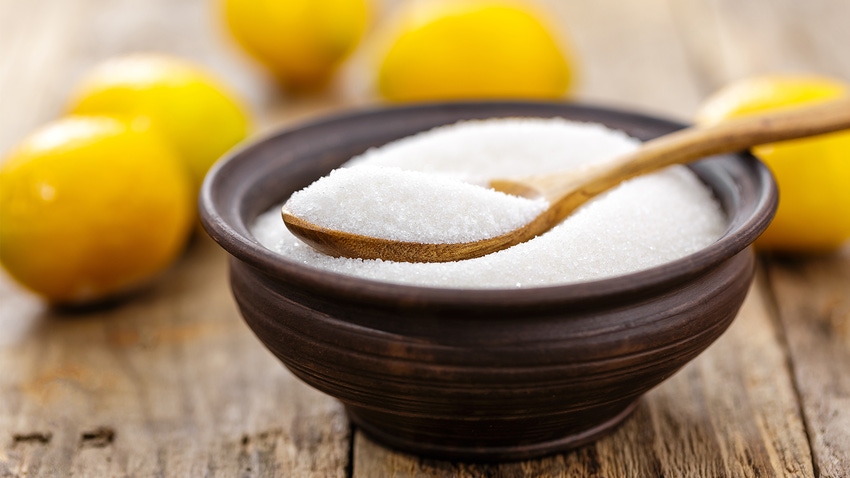Citric acid as preservative spawns class-action lawsuits
Many ingredients serve multiple purposes. Look at citric acid, which can alter flavor but also act as a preservative. Now, food companies face class-action lawsuits for failing to label it as such.

At a Glance
- Citric acid provides tartness, adjusts pH, acts as a mild preservative and has several other uses.
- Several popular brands include citric acid on ingredient decks, but not as a preservative, which has caused lawsuits.
- Experts claim that, while such cases are hard to win, companies should avoid leaving themselves open to litigation.
A recent wave of lawsuits shares a common complaint — citric acid, a known preservative, is used in various products that prominently make claims about containing no preservatives. The companies currently involved in litigation are B&G Foods Inc. (Emeril-branded pasta sauces); Ocean Spray Cranberries Inc. (various cranberry-flavored juice products); Pepperidge Farm Inc. (Goldfish); and Motts LLP and Keurig Dr Pepper Inc. (Mr & Mrs T Original Bloody Mary mix).
While citric acid appears in the ingredient deck for each of these company’s products, its use is not identified. Citric acid provides tartness, modifies sweetness and enhances flavors. It also adjusts pH and acts as a mild preservative. In each of the products in question, it’s easy to imagine citric acid serving multiple functions.
The complaint filed against Ocean Spray argues that “citric acid functions as a preservative in the products regardless of whether defendant intended to use citric acid as a preservative” and also “has the capacity or tendency to function as a preservative even if it is added to the products for some other use.”
According to the complaint filed against B&G Foods Inc., manufacturer of Emeril-branded pasta sauces, this is not a new issue. The document referenced an Oct. 6, 2010, FDA warning letter to Chiquita Brands International Inc. and Fresh Express Inc. in which FDA deemed that two pineapple products manufactured by the companies were misbranded in that “they contain the chemical preservatives ascorbic acid and citric acid, but their labels fail to declare these preservatives with a description of their functions.”
“It’s important for manufacturers to realize that their purpose for adding citric acid or another multifunction acidulant doesn’t matter to the plaintiffs,” Lauren Handel, principal attorney at Handel Food Law LLC, said. “The manufacturer may not have intended to use citric acid as a preservative and it may not even be used at a level that has a preservative effect in the product. The plaintiffs’ complaints allege that, regardless of the manufacturer’s intent, citric acid is a common food preservative and, thus, ‘No Preservatives’ is false. That’s probably enough for the plaintiffs to at least survive a motion to dismiss.”
George Salmas, managing principal at The Food Lawyers, calls food labeling class actions a minefield for the ill advised. “When an ingredient performs two functions like citric acid does (flavor and preservative), it doesn’t help the food company if they put it in the product to achieve one effect and the plaintiff complains about the other,” he explained. “I’ve seen a number of cases where the label says, ‘No Artificial Flavors,’ and the product contains citric acid that is added as a preservative. The class action plaintiff will claim that [they were] misled because the citric acid is an artificially produced ingredient that imparts a sour taste.
“Just because someone files a class action doesn’t mean they can necessarily force a settlement out of the defendant food company,” he continued. “The cases almost never get to trial, and so, a settlement is the plaintiff’s goal. There are things a company can do to blunt the plaintiff’s threat once the attorney’s demand letter is received. But all of that can be headed off if the food company doesn’t give the plaintiff the easy opening in the first place. Citric acid and claims of ‘No Artificial Flavors’ or ‘No Preservatives’ are just such an easy opening.”
About the Author(s)
You May Also Like






